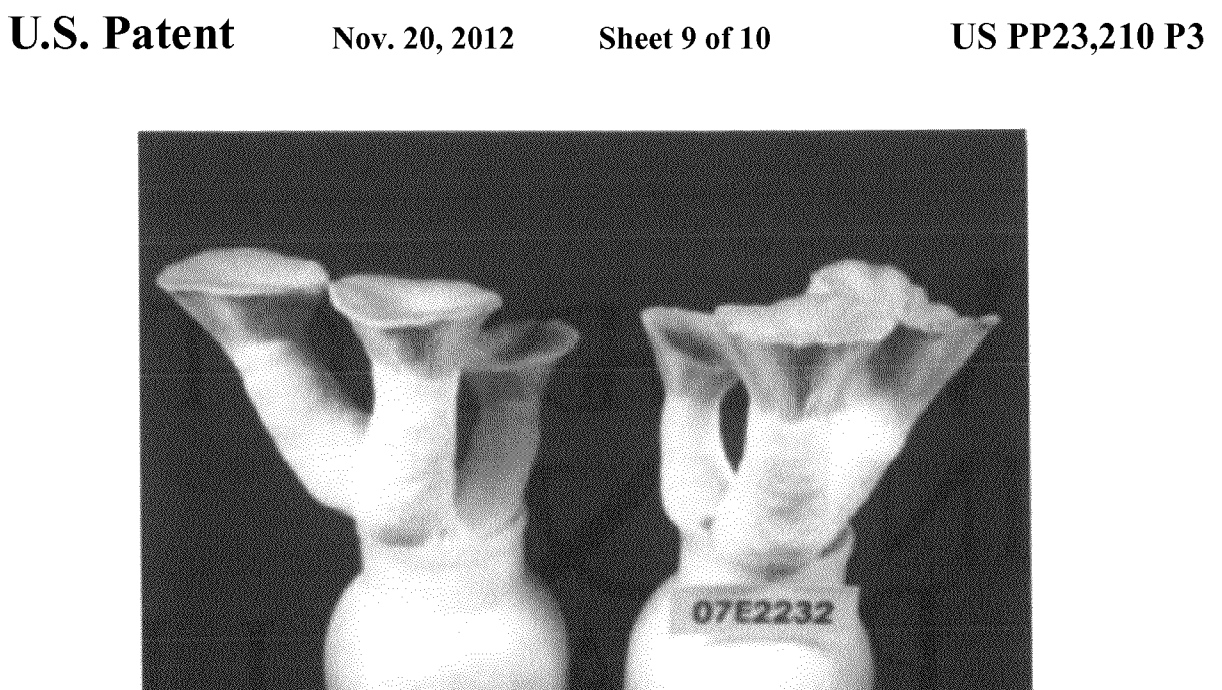by Dennis Crouch
It was probably middle school biology where I learned that plants and fungi are classified in two separate kingdoms. It wasn't until today that I learned why - despite their separate classification - both plants and fungi are protectable under the Plant Patent Act of 1930.
Now codified at 35 U.S.C. § 161, the Plant Patent Act adds a third form of U.S. patent, alongside utility (useful inventions) and design (ornamental designs) patents. For a plant patent, the inventor must have invented or discovered and asexually reproduced a "distinct and new variety of plant." The provision expressly include "cultivated sports, mutants, hybrids, and newly found seedlings" but excludes "tuber propagated plant[s]" such as potatoes as well as plants simply found in the wild ("found in an uncultivated state").
But what about mushrooms and other fungi:
To continue reading, become a Patently-O member. Already a member? Simply log in to access the full post.
